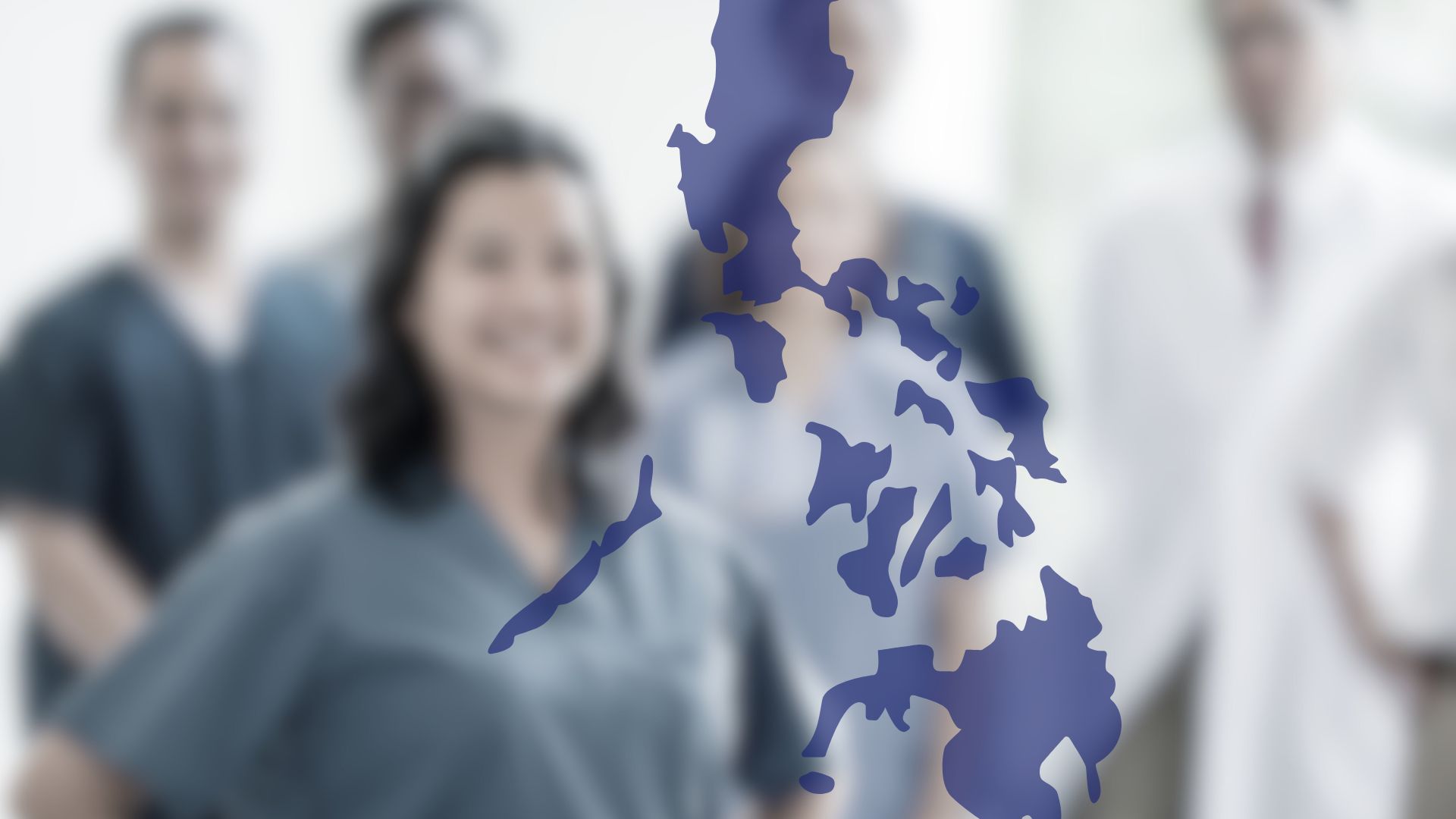
Mapping geographical inequalities in oral rehydration therapy coverage in low-income and middle-income countries, 2000–17
Oral rehydration solution (ORS) is a form of oral rehydration therapy (ORT) for diarrhoea that has the potential to drastically reduce child mortality; yet, according to UNICEF estimates, less than half of children younger than 5 years with diarrhoea in low-income and middle-income countries (LMICs) received ORS in 2016. A variety of recommended home fluids (RHF) exist as alternative forms of ORT; however, it is unclear whether RHF prevent child mortality. Previous studies have shown considerable variation between countries in ORS and RHF use, but subnational variation is unknown. This study aims to produce high-resolution geospatial estimates of relative and absolute coverage of ORS, RHF, and ORT (use of either ORS or RHF) in LMICs.
-

Health workforce issues and recommended practices in the implementation of Universal Health Coverage in the Philippines: a qualitative study.
The Philippines' Universal Health Coverage program faces a critical workforce crisis that threatens its very foundation. A new Ateneo de Manila University study reveals that while the country exports healthcare workers globally, it struggles to retain the professionals needed for its own ambitious health reforms. With only 7.92 physicians per 10,000 population and a shortage of 127,000 nurses, systemic barriers—from restrictive hiring policies to uncompetitive salaries—are driving away the very people meant to deliver healthcare for all Filipinos. The research identifies promising solutions, including scholarship programs and comprehensive benefits, but warns that without addressing these fundamental workforce issues, universal healthcare remains at risk.
-

Measuring and Understanding Geographic Inequities in Physician Distribution in the Philippines
Access to quality health care in the Philippines is shaped not only by the availability of physicians, but also by how equitably they are distributed across regions. Many communities, particularly in rural and geographically isolated areas, continue to face limited access to medical professionals, while urban centers often see a concentration of physicians and specialists. The project Measuring and Understanding Geographic Inequities in Physician Distribution in the Philippines seeks to address this challenge by providing a clear, evidence-based picture of physician maldistribution nationwide.
